Terry Rudd has covered clinical news and health policy as a reporter and editor since 1994.
Video

Expert outlines strategies for managing migraine in women
- Author:
- Terry Rudd
Dr. Susan Hutchinson discusses how to make informed treatment choices based on the life stage of the woman with migraine.
Video

Small-molecule CGRP receptor antagonists may pose a risk during stroke
- Author:
- Terry Rudd
The drugs could impair brain blood vessels during ischemic events.
Audio
Lessons from Seattle: Prepping a critical care system for COVID-19
- Author:
- Terry Rudd
From communicating with staff to managing patients with comorbidities, here’s how a major Seattle medical center is preparing.
Audio
How texting unites Seattle’s critical care departments
- Author:
- Terry Rudd
A basic smartphone feature becomes a crucial tool to keep the region’s ICUs connected.
Audio
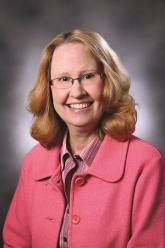
What to know about CFTR modulator therapy for cystic fibrosis
- Author:
- Terry Rudd
Dr. Susan M. Millard explains what physicians and patients need to know about the latest CFTR modulator therapies.
News
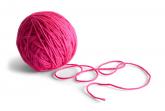
The dementia height advantage, and ‘human textile’
- Author:
- Lucas Franki
- Richard Franki
- Terry Rudd
Plus, golfers are more likely than nongolfers to play a full 18 on the course of life.
News

The Zzzzzuper Bowl, and 4D needles
- Author:
- Lucas Franki
- Richard Franki
- Terry Rudd
Plus, we review America’s game plan for running up a lopsided cholesterol score on Super Bowl Sunday.
News
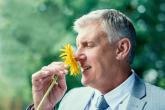
The scents-less life and the speaking mummy
- Author:
- Lucas Franki
- Richard Franki
- Terry Rudd
Plus, does his beard make Santa feel more confident and attractive?
News
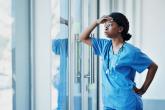
The age of maximum misery, and why Marcus Welby was gray
- Author:
- Lucas Franki
- Richard Franki
- Terry Rudd
And grab your buzzers, contestants: It’s time to play “Good news IS bad news!”
News
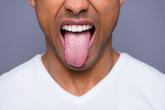
Sleep apnea’s got your tongue, and singin’ in the kerosene rain
- Author:
- Lucas Franki
- Richard Franki
- Terry Rudd
Plus, unlike Dunaway and Beatty, we have the correct winners of this year’s invention Oscars.
News
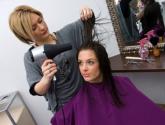
Human hair’s super strength and boiled diabetes
- Author:
- Lucas Franki
- Richard Franki
- Terry Rudd
Plus, why getting humans to deliver their level best may demand an off-kilter toilet seat.
News
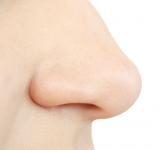
Tales of nasal terror, and dental hoverboarding
- Author:
- Lucas Franki
- Richard Franki
- Terry Rudd
Plus, why one Quebec farm’s fields are ripe for harvesting forensic evidence.
News
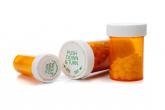
Childproofing your protocols, and what’s the deal with airline water?
- Author:
- Lucas Franki
- Richard Franki
- Terry Rudd
Plus, why Carl Spackler’s chrysanthemum-based golf drills won’t improve your short game.
Video

Part 1: The ABCs of managing COPD exacerbations
- Author:
- Terry Rudd
Understanding how to effectively use antibiotics and bronchodilators in COPD exacerbations can reduce morbidity and improve patient outcomes.
News

Sleep vs. Netflix, and grape juice BPAP
- Author:
- Lucas Franki
- Richard Franki
- Terry Rudd
Plus, how proactive management strategies drown out the siren song of temptation.
